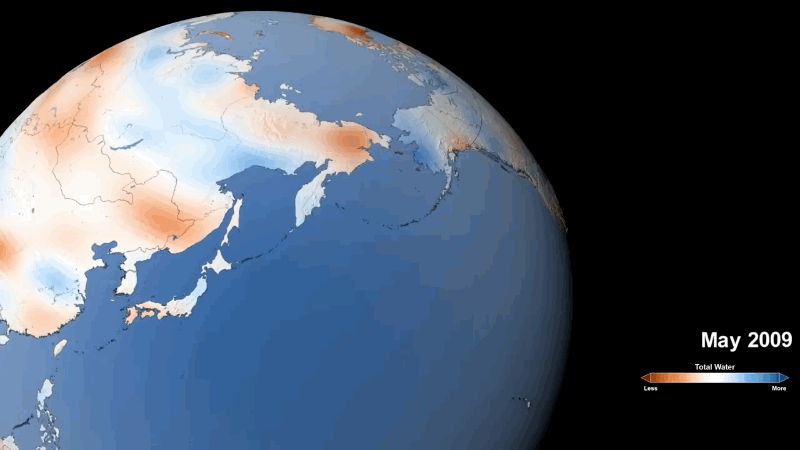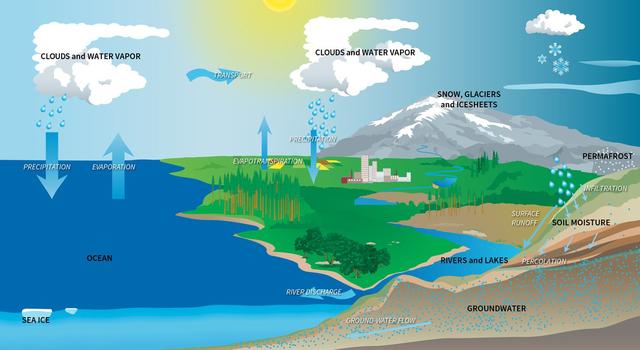|
Thursday, May 31, 2018
JPL News - Day in Review
Posted by
Deep
at
9:10 PM
0
comments
![]()
Thursday, May 24, 2018
JPL News - Day in Review
|
NASA Jet Propulsion Laboratory
NASA's Jet Propulsion Laboratory
4800 Oak Grove Dr
Pasadena, CA 91109
Posted by
Deep
at
5:36 PM
0
comments
![]()
Wednesday, May 23, 2018
JPL News - Day in Review
|
NASA Jet Propulsion Laboratory
NASA's Jet Propulsion Laboratory
4800 Oak Grove Dr
Pasadena, CA 91109
Posted by
Deep
at
5:30 PM
0
comments
![]()
Tuesday, May 22, 2018
JPL News - Day in Review
|
NASA Jet Propulsion Laboratory
NASA's Jet Propulsion Laboratory
4800 Oak Grove Dr
Pasadena, CA 91109
Posted by
Deep
at
4:31 PM
0
comments
![]()
Monday, May 21, 2018
JPL News - Day in Review
|
NASA Jet Propulsion Laboratory
NASA's Jet Propulsion Laboratory
4800 Oak Grove Dr
Pasadena, CA 91109
Posted by
Deep
at
5:04 PM
0
comments
![]()
Saturday, May 19, 2018
Teachable Moment: NASA Mission Gets the View on Earth’s Water Resources from Space
|
NASA/JPL Edu
NASA's Jet Propulsion Laboratory
4800 Oak Grove Dr
Pasadena, CA 91109
Posted by
Deep
at
7:33 AM
0
comments
![]()
Friday, May 18, 2018
JPL News - Day in Review
|
NASA Jet Propulsion Laboratory
NASA's Jet Propulsion Laboratory
4800 Oak Grove Dr
Pasadena, CA 91109
Posted by
Deep
at
5:17 PM
0
comments
![]()
Thursday, May 17, 2018
JPL News - Day in Review
|
NASA Jet Propulsion Laboratory
NASA's Jet Propulsion Laboratory
4800 Oak Grove Dr
Pasadena, CA 91109
Posted by
Deep
at
6:17 PM
0
comments
![]()
Wednesday, May 16, 2018
JPL News - Day in Review
|
NASA Jet Propulsion Laboratory
NASA's Jet Propulsion Laboratory
4800 Oak Grove Dr
Pasadena, CA 91109
Posted by
Deep
at
5:08 PM
0
comments
![]()
Tuesday, May 15, 2018
JPL News - Day in Review
|
NASA Jet Propulsion Laboratory
NASA's Jet Propulsion Laboratory
4800 Oak Grove Dr
Pasadena, CA 91109
Posted by
Deep
at
4:48 PM
0
comments
![]()
Monday, May 14, 2018
JPL News - Day in Review
|
NASA Jet Propulsion Laboratory
NASA's Jet Propulsion Laboratory
4800 Oak Grove Dr
Pasadena, CA 91109
Posted by
Deep
at
5:16 PM
0
comments
![]()
Friday, May 11, 2018
JPL News - Day in Review
|
NASA Jet Propulsion Laboratory
NASA's Jet Propulsion Laboratory
4800 Oak Grove Dr
Pasadena, CA 91109
Posted by
Deep
at
1:51 PM
0
comments
![]()



























